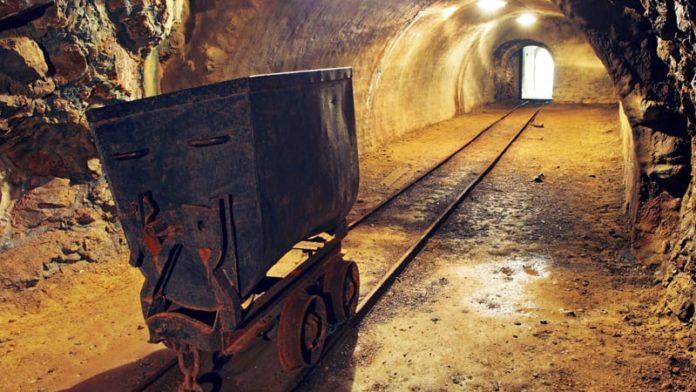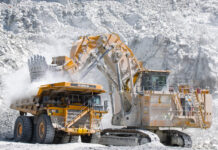
SIBANYE-Stillwater, the gold and platinum producer, said earlier this month it didn’t expect a high risk of further operational disruption as a result of Covid-19 disease.
The statement confirms a growing expectation that South Africa’s mining sector might be over the worse of the Covid-19 pandemic the extent of which was retrospectively demonstrated in recent Statistics SA data that showed mining production for June had fallen about 28% year-on-year.
According to Henk Langenhoven, chief economist at Minerals Council South Africa, the sector is “bouncing back” as measured by the volume and value of exports. Export volumes were, in fact, 28% higher in June than at the same time last year whilst the value of export sales, which had fallen to a four-year low in the five weeks following the South African government’s hard lockdown, had recovered to about R40bn for the month in April, and were rising.
“We expect the average real production decline between 2019 and 2020 to be 11%,” said Langenhoven, an outlook that compares to expectations of a 15% decline previously. Langenhoven thinks the weighted average nominal (unadjusted) decline in mining production will be at 7% compared to 12% previously.
The worst case scenario is that average real (adjusted) production could be 15% lower compared to a decline of 21% previously, he said. The nominal weighted average for 2020 is forecast to be a 11% decline (-17% previously).
The upshot of the forecasts is mining production and sales will not be as bad as previously expected as another trading statement – this one from Harmony Gold – also illustrates. Harmony said this month it expects to be at full production from August; Sibanye-Stillwater and Northam expect to be at at full capacity in the fourth quarter.
Set against impressive dollar-based pricing for gold and platinum group metals (PGMs) in particular, assisted by renewed rand weakness, raises the question as to whether the recovery in mining stocks has now run its course. PGM shares have re-rated in the past three months; even in absolute terms, the likes of Anglo American Platinum and Impala Platinum challenged their February highs last month.
But it also needs to be remembered that South African PGM stocks held up pretty well even though Noril’sk Nickel, the Russian producer, and North American production continued production through the worst of the pandemic, largely unabated.
“The delta in the South African supply ramp from here could then be smaller than previously expected which bodes well for the sustainability of prices off current levels given an expected demand recovery into the 2H20 (second half of this year),” said Morgan Stanley in a note last month.
In other words, a significant kick-up in South AfricanPGM supply is not expected to heavily disturb pricing of the underlying metals.
GOLD SUPPORT REBASED
The outlook for gold is potentially even rosier. Although labour intensive and therefore more crowded and logistically challenging, the dollar and rand gold price improvement has more than offset production shortfalls. According to Mark Bristow, the South African born CEO of Canadian gold mining firm, Barrick Gold, we should expect significant volatility in the gold price, but no correction to previous levels.
“We won’t get a return to $1,100 to $1,200 per ounce,” he said in an interview with Miningmx following the firm’s second quarter numbers. “The gold price is going to settle at a new (higher) base as all the major economies are printing money.”
The well established theory is that when money becomes cheaper, investors turn to gold which is viewed as a store of wealth.
Bristow also thinks that although stimulus efforts have put some vim into equities the real damage perpetrated by restructuring and staff furloughs is yet to make its presence felt at a consumer level. “That’s still a hidden part of the crisis. People don’t generally want to see the gold price go high as it has because it’s recognition of a high speed collision,” he said.











